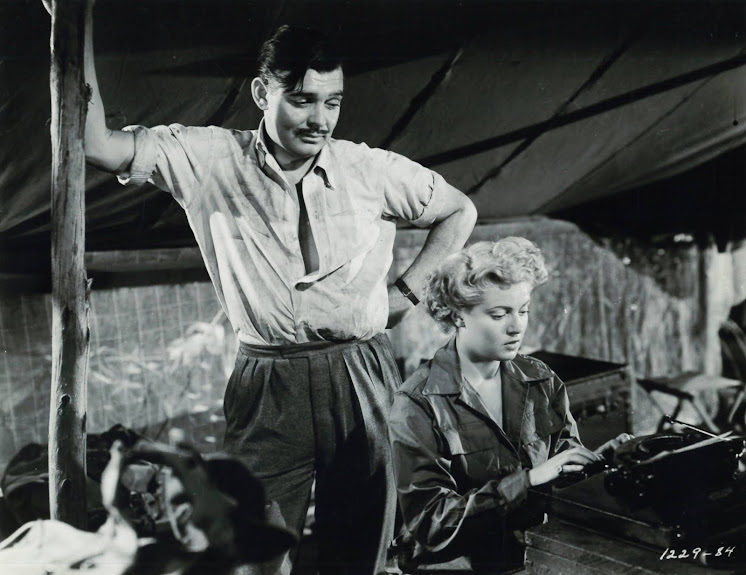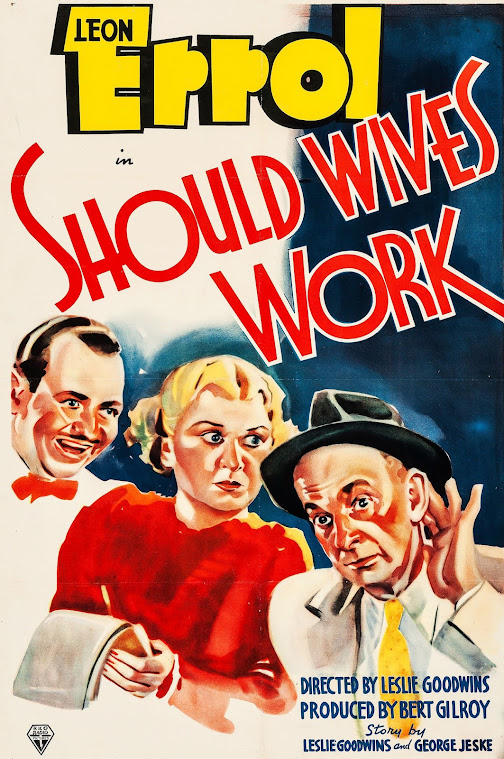Changed Times and Fresh Avenues
 |
| Statesville's Last Theatre Fall Down and Go Boom |
Still I Say, Banquet Tables Never Fuller
Statesville no longer has a movie theatre. They tore the last one down a few weeks ago. It was a ten-plex folks thought would stay forever. Someone who was there for D-Day told me dozers peeled the roof off as if from a sardine can, then stripped sides so you could look in on auditoriums next to go. What is happening to picture houses reminds me of drive-ins eclipsed during the seventies. Fear of television finishing off theatrical, so acute in the fifties, sees fruition today, not via TV as we knew it, but stream sites to heap a monthly plate for what single admissions once cost. And now they play brand-new movies, windows shut between what used to be theatrical and consumption at home. I drove by the Liberty and they had Godzilla v. Kong on the “Coming Soon” marquee, but didn’t I read HBO Max has it for subscribers later this week? G v. K was supposed to be out last year, as was the latest James Bond, slated for release sooner than that. This “new” 007 will drag a long beard by the time anyone sees it.
The Liberty lures nowadays on its popcorn reputation, which is stellar. Some people stop in for a whopper box, then take it home to eat. With so few attending, seated rows apart if they do, how can distributors realize barest nickels for Godzilla Vs. Kong? My guess: Theatres, those still operative and willing to play what they can get, are given content essentially for free, loss leaders toward TV. You’d think sentiment would ease me into Liberty embrace for G v. K, my having been there after all for King Kong vs. Godzilla in 1963, then again in 1966, but what would I do but reflect on all seats filled back then? Needless bummer. Had there been Netflix and HBO Max in ‘63/66, would we have spent quarters downtown? 2021 “Opening Day” amounts to little more than tuning in. Events of last year pushed forward an outcome we were headed for anyway. Condolence to those who hoped to see Justice League or Godzilla vs. Kong on Imax screens. Entertainment is forever though, and will always be served somehow or other. Trouble for older viewers is change so convulsive. I no more understand modern movie business than how to rebuild a broke transmission. Film gone from theatres? A ten-year-old might easier absorb that blow, adjust as we all must to what I'll mordantly call progress. Imagine if this had happened in the 30’s or 40’s, when going to shows really was important to people. Statesville once had several hardtops, plus drive-ins dotting county roads. Think anyone will build another theatre there … ever? Only if they’re looking for a quicker way to starve.
I don’t resist so long as there are Blu-Rays and TCM. We had on Netflix the other night. Ann wanted me to see their update of The Haunting of Hill House, a series with ten episodes so far. I could not tell the characters apart. They all look and talk the same. Has actor training become so rigid as this? The Haunting tells of a tormented family, parents and five offspring, accent on the torment. I search in vain for islands of normalcy in Netflix drama, It’s OK for what it is, my tact-alternative to Why must we watch this? Takeaway came of two faces amidst the ensemble: Timothy Hutton and Henry Thomas, latter the E.T. boy. It occurred to me that these two occupy a separate category from players they now work with, Hutton and Thomas being actors of the theatres, not the stage, mind, but paying screens, audience screens, back when we had, and attended, them. Are there children born of recent years who will never see a movie at what used to be called cinemas? (2070 interviewer to Henry Thomas: “Sir … as one of the last survivors from that period, what was it like acting for movies that people once crowded together to watch in large auditoriums?”) Romance of old Hollywood revolve for me around night clubs, streetcars, trains with dining and bar space, yet I never experienced these in my lifetime. They belong to a past, but surely my elders ached at seeing them go. Better to focus on advantages we enjoy that predecessors could not. Fact I’m able to write and then instant-publish another Greenbriar column is a miracle to awe me still. Should I somehow travel to that past I profess to long for, what would I say? Probably Get me out of here! … and back to my Internet and Blu-Rays.
Martin Scorsese wrote recent about grim fate for films. You’d think after spanking he got a last time, for saying Marvel movies “aren’t cinema,” he would keep shut, though I can’t help admiring the man’s pluck. Latest salvo came wrapped in Fellini appreciation, Scorsese going off topic to assail “content” as a “business term” applied to all moving images. Something new lands on the Netflix “platform” (that grim word!) and withers quick as bananas left in the sun. Traditionalists want movies to be an event, as once defined by trailers, one-sheets or banner art hung along approach from boxoffice to lobbies. A film might play a year to paying customers, as did Star Wars as projected by my friend Geoff in comparative small town that was Hickory, NC back in 1977-78, but wait, Scorsese’s The Irishman has been on Netflix since November 2019, and I don’t expect it to leave. Check online to find multiple style Irishman posters, each arresting and accessible to collectors on 27X41 for home display. Trailers were rife as run-up to the 2019 “Premiere” … admittedly a different sort of premiere, but there was excitement attending it, a months-long anticipation for those who keep eye upon digital happenings. Scorsese grieves for “fans of cinema” who “can’t depend on the movie business, such as it is, to take care of cinema.” To his mind, “value is always determined by the amount of money to be made from any given property” (you mean that wasn’t the case before?).
“In that sense,” says Scorsese, “everything from Sunrise to La Strada to 2001: A Space Odyssey is now pretty much wrung dry and ready for the “art film” swim lane on a streaming platform.” To that “wrung dry” characterization I part company, at least so long as my Sunrise Blu-Ray spins its multiple versions of the feature, extras aplenty (outtakes, a 20-page booklet, more). “Wrung dry” was me and Sunrise-seekers during the 80’s when the 1927 silent was had only on diminished terms of a 16mm dupe that cost $275 or better. La Strada is had on Region Two Blu, and though I have not seen it, is said to look lush. 2001 can now be got in 4K, which must be like living inside the pod. If this be the swim lane cinema occupies, issue me flippers and a snorkel. Not to be flippant, however, as I understand what Scorsese misses. It is movies as movie-movies, a happening worth the wait among kindred crowds. The last thing I saw on terms approaching this was Once Upon A Time In Hollywood, a fitting last stand, perhaps, for movie-movies.
Change teaches us to be self-reliant where entertainment, or enrichment, is the object. Make the most of platforms, which for me, are gold veins once pyrite is passed and goodies are dug out (sample of buried treasure: Amazon Prime briefly streamed the 1951 Death of a Salesman, which had not run anywhere else in decades). So much is free (again I laud You Tube), while each week brings half-off or better sales of Blu and standard discs. To You Tube option comes wealth of film exploration from fans who devise videos to celebrate what they enjoy best, run-time from five minutes to feature-length depending on level of commitment. These I think have taken the place of long-form writing we previously got from blogs. Dazzling is the best of fan handiwork done with passion tough to convey in cold print, movie musing having entered a new and exciting epoch. Compare with extras we get on discs, but with energy cranked up, often irreverent, sometimes outlandish (as in good outlandish). No corporate toadying here, nor anxiety at running afoul of a legal department. Clips are accessed via “Fair Use,” high time a fan universe took custody of that. These creators, virtually all 70’s-or-(well)after-born, demonstrate how a younger generation view old films, theirs a freshest wind to blow through our area of interest since I don’t know when, a wide-as-horizons swim lane where back-flip dives and cannonballs are norm. Not before have I been better informed and got more fun in the bargain.
I admit this current crop stays to large part with films made in a last fifty years, but think what fifty years is to someone who is not yet forty … or thirty. They have tech skill to generate video as pro as what big production houses come up with, so how can I reasonably expect them to dote on Ken Maynard or Blanche Sweet? These videos speak language refreshing to hear, not scholar boilerplate I for one am fatigued by. So what if he/she regards film history as having begun with the American “Renaissance,” or “New Wave” as it is understood to have emerged in the late 60’s or early 70’s. Videos do go back earlier to favor genres or certain directors. There is much on horror, and Hitchcock, and Fritz Lang, varied others who still claim a corner of fan focus. Vertigo and M are deep wells one can dive into. James Bond gets tremendous coverage, and there must be a hundred videos on The Godfather(s), Goodfellas, Casino … we sift among them to locate the best, and believe me, the best are things wonderful. Explore a while and be happily addicted. Joy for me is perspective not had before, like “killer suits” men wore in Hitchcock films (yes!, come to think of it), how Young Frankenstein is what everyone thinks of with regard the blind hermit, not Bride of Frankenstein, where the character first appeared. Ouch to that, but the narrator is probably right. Found one analyst, born years after The French Connection came out, railing against fellow students in a film class who call it a “boring old movie.” Love it when young people take up cudgels on behalf of our boring old movies. Favorite uploaders are numerous, fresh ones added each time I check in, herewith but a few: Essential Films, JoBlo Movie Clips, CinemaTyler, Flick Fanatics, The Whole Equation, Jack’s Movie Reviews, Renegade Cut, The Critical Drinker, Haunted Blowfish, Matt Draper, Screen Junkies, Matthew Danczak, Nerd Soup, History Buffs, Biographics, Dark Corner Reviews, Eyebrow Cinema … obviously, I could go on. These creators are the future of film study. Provided they stay busy, I’ll not despair for lively discourse along lines of our passion.





























































